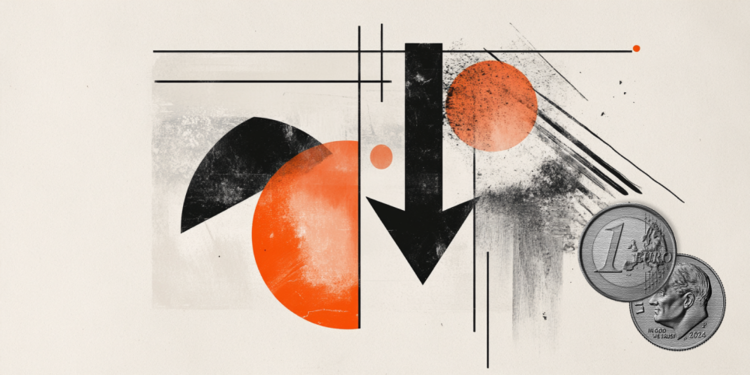Hypertension maternal deaths persist in Brazil, although they are totally prevenable. This is what a study by researchers at the State University of Campinas (Unicamp), who analyzed data from 2012 to 2023 and stressed that the problem has a great relation to inequality.
In the investigated period, the average death rate among indigenous women exceeded twice that of white women. Already that of black women was almost three times larger than the white.
“There is no biological predisposition to greater mortality from hypertensive disorders of gestation in these groups. These women are more likely to live in poverty, have less access to education and face barriers in access to quality health care.”
The study adds that “systemic racial bias in the health system can lead to prejudiced treatment and unequal care. In addition, black, brown and indigenous women can experience negative interactions with health professionals, which contributes to distrust in health services and results in worse maternal and perinatal outcomes.”
During the 11 -year period, nearly 21,000 women died during pregnancy, delivery or puerperium. In about 18% of cases – 3,721 deaths – the causes were complications of hypertension.
This means that Brazil’s general maternal death rate was 61.8 out of every 100,000 births, below the limit of 70 recommended by the World Health Organization (WHO), but far above the indexes of developed countries, which usually range from 2 to 5 deaths per 100,000 births.
Pandemic effect
Considering only the deaths resulting from hypertension, the average rate was 11.01 per 100,000 births, and maintained a standard of stability over the years except 2023, when it lowered to 8.73. Despite the reduction, for now, the data is treated with caution and considered a statistically out of the curve point.
In addition, in 2022, the largest number of proportional cases were recorded: 11.94 deaths per 100,000 births. The researchers believe this peak was an indirect consequence of the pandemic, which disorganized health services in 2020 and 2021, impacting obstetric care during this period and in the following months.
According to the professor of the Department of Tocogynecology at the State University of Campinas, José Paulo Guida, one of the authors of the study, this already demonstrates the importance of quality prenatal care:
“One woman does not die overnight. There were several times when she could have been treated not to die. So as soon as the woman finds that she is pregnant, she must start prenatal care. Perhaps this is not the reality for women who live in regions further from urban centers, which is already an access barrier. Here in Brazil, the average prenatal is in the 16th week, or around the fourth month.
Prevention
This is a crucial milestone in the management of hypertension as two very affordable and cheap medications can reduce the possibility of complications by 40%, as long as they begin to be administered before pregnancy completes 16 weeks: calcium carbonate and acetylsalicylic acid (AAS). In February, the Ministry of Health determined the prescription of calcium to all pregnant women and AAS should be used as a complementary measure by those that have a higher risk.
But José Paulo Guida reinforces that drugs cannot be missed in health facilities, and professionals from all over Brazil should be trained to correctly identify risk factors and properly prescribe medications.
“It is essential that in the first appointment, the professional gets the information about her background: How was the previous pregnancy? Is it too young? Already has an advanced age? Has obesity or any illness? All this are risk factors for her to develop hypertension during pregnancy.”
Pregnant women should also be oriented to seek an emergency service immediately if they have symptoms such as:
- Constant headache;
- Significant swelling, especially in the face and arms;
- Stomach pain and nausea, with the most advanced pregnancy;
- Emergence of bright little dots in sight.
“Then, another intervention comes in, which is the main one to avoid death: magnesium sulfate. It greatly reduces the chance of a seizure because of high blood pressure. And when the woman has the seizure, she has almost 50% risk of dying,” warns the Unicamp professor.
The study also identified that the proportion of deaths increases significantly after 40 years, and the average rate approached 31 deaths every 100 thousand births. According to Guida, women in this age group are more likely to get pregnant already with health problems, such as hypertension itself, or diabetes, which increases the risk of having some severity.
In addition, there is a possibility that hypertension deaths are even more numerous, as 2,400 women died in the period analyzed by bleeding and, according to Unicamp professor, explains hypertension causes the destruction of the platelets, making blood clotting difficult, which can also lead to this outcome.
Skin may indicate serious vascular problems: Check out main signs
This content was originally published in although avoidable, maternal deaths from hypertension persist in the country on CNN Brazil.
Source: CNN Brasil
I am an experienced journalist and writer with a career in the news industry. My focus is on covering Top News stories for World Stock Market, where I provide comprehensive analysis and commentary on markets around the world. I have expertise in writing both long-form articles and shorter pieces that deliver timely, relevant updates to readers.







